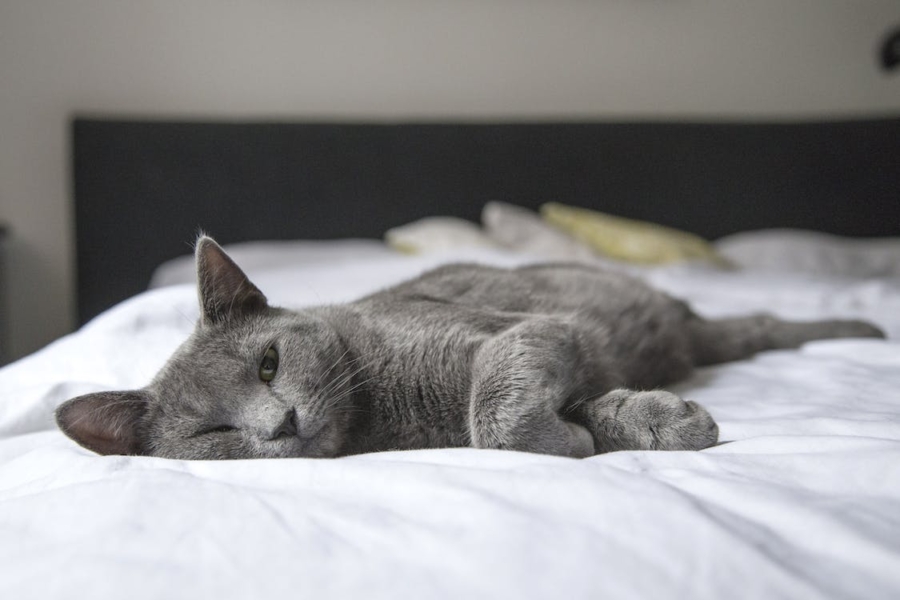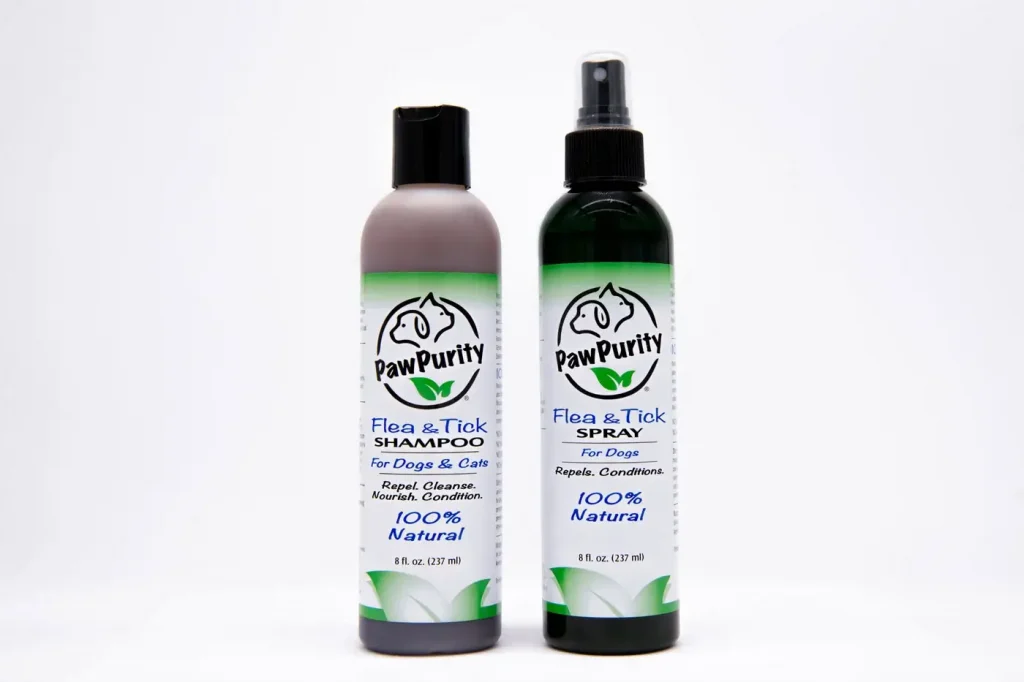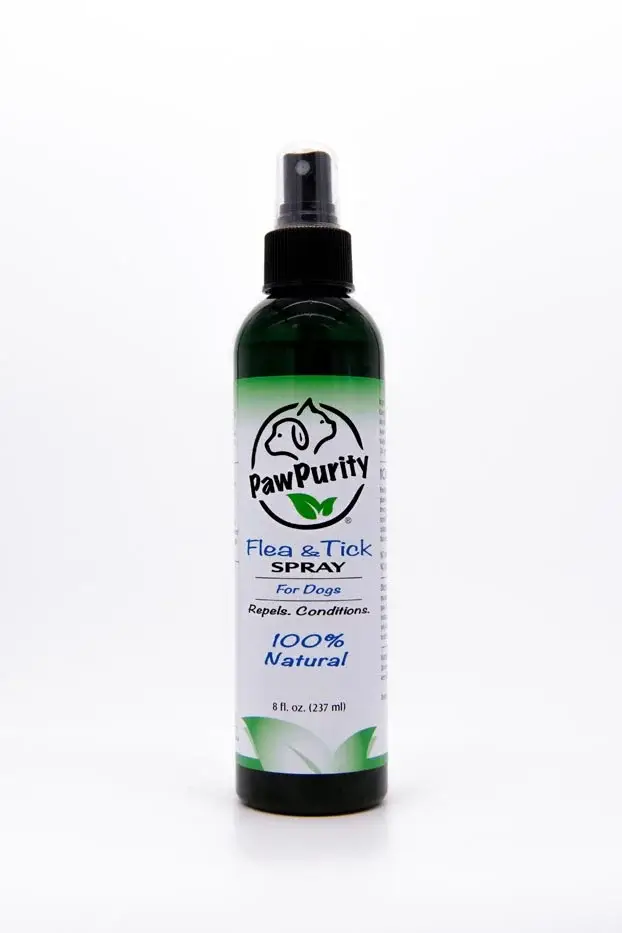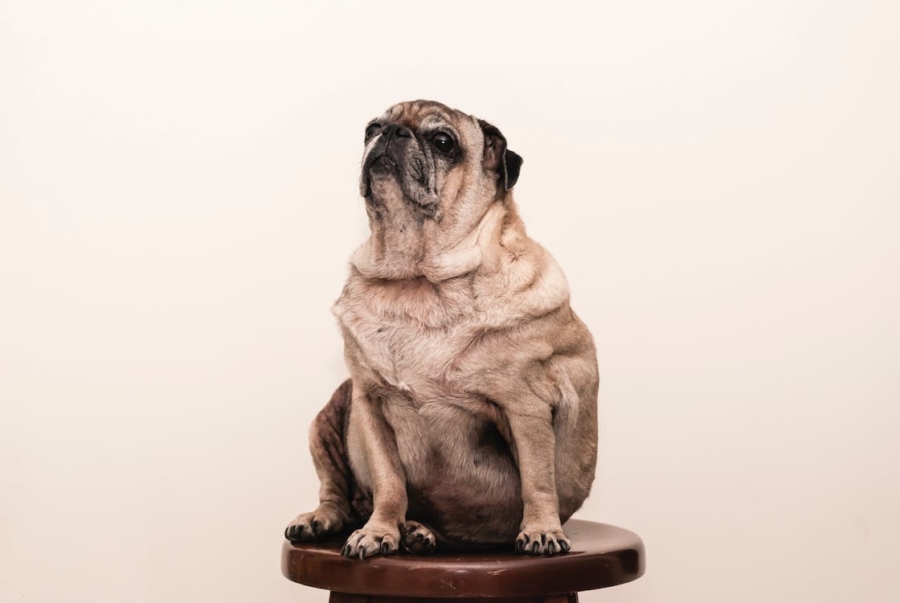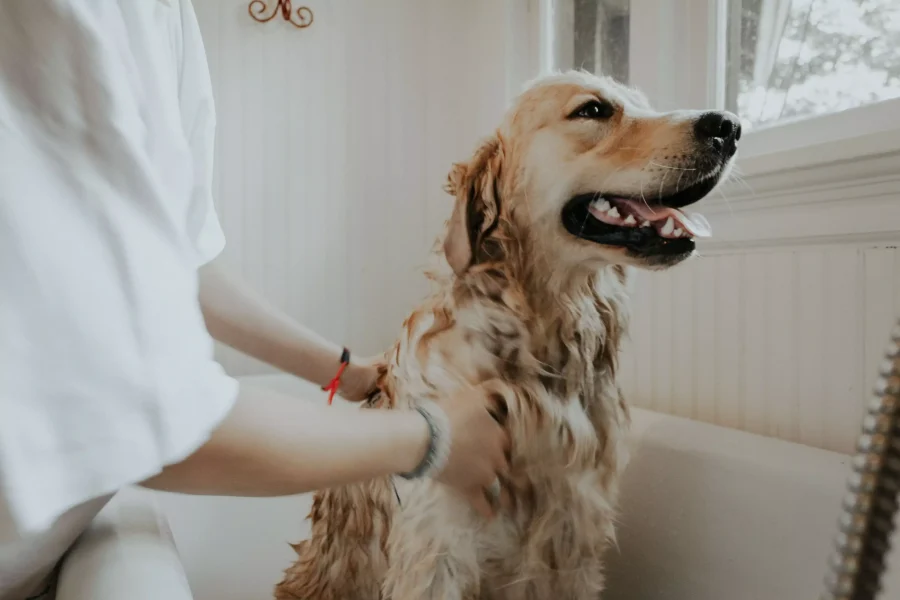When it comes to fleas on cats, it can be a real nightmare for owners. Fleas can cause serious health problems for them, such as skin irritation, anemia, and tapeworms. It’s important to get rid of fleas quickly and safely. Fortunately, there are a variety of treatments that can help you manage the problem and keep your cat healthy and comfortable. In this blog post, we’ll discuss the safest flea treatments for cats, so you can keep your feline friend happy and flea-free.
What Do Fleas Look Like on Cats?
Fleas are small, brownish-black insects. They have flattened bodies and look like tiny grains of sand. When they feed on the blood of cats, they swell in size and appear darker. To keep your cat safe, learn to identify fleas and the safest flea treatment for cats.
Why Do My Cats Have Fleas?
Fleas are common parasites that feed off of cats. They can spread rapidly throughout the home, so start a flea treatment program as soon as possible.
- Contact with infected animals:
The primary cause of fleas on cats is contact with other animals that have already been infected. This could be due to an animal living inside your home, such as another pet or wild animal, or even simply playing outside and coming into contact with another cat or dog.
- Flea eggs in the home:
Additionally, fleas may also come into your home via eggs that were left behind by other animals in furniture and carpets too.
- From humans:
Furthermore, it’s possible for fleas to transfer between humans and animals as well if someone has unknowingly been exposed and then passed on the infection directly to their pet.
The Life Cycle of a Flea
Fleas are small, wingless parasites that feed on the blood of cats and other animals. Once a flea has been picked up by your cat, it can quickly establish a presence in your home. Understanding the flea life cycle is important in treating an infestation, as each stage of the flea’s development must be targeted in order to effectively eliminate them.
The complete flea life cycle consists of four stages: egg, larva, pupa, and adult. An adult female flea can lay approximately 50 eggs per day, which will eventually hatch into larvae within 1-12 days, depending on the environmental temperature and humidity levels. Larvae feed on debris, including pet hair and skin cells, in carpets and pet bedding. After 5-11 days, larvae will spin a cocoon and pupate inside the cocoon for 7-14 days. Once pupation is complete, the adult flea will emerge and start the life cycle all over again.
The best way to treat fleas in cats is by interrupting this life cycle. It is essential to use an effective flea-on-cats treatment to completely eradicate fleas from your home. Look for the safest flea treatment that contains both an adulticide and an insect growth regulator (IGR). An IGR interrupts the development of the flea, preventing eggs from hatching into larvae and larvae from maturing into adults. This breaks the life cycle and prevents future infestations.
Symptoms of Fleas on Cats
When a cat has fleas, you’ll typically see evidence of flea dirt or eggs on the cat’s fur. You may also notice your cat is excessively scratching or licking itself, which can cause hair loss and skin irritation. The cat can become anemic due to blood loss if the infestation is particularly bad. To prevent this from happening, it’s important to take action immediately and treat your cat with a flea on cats treatment.
It’s important to use a safe flea treatment for cats. While some products are designed for both cats and dogs, they may contain ingredients that are toxic to cats. Therefore, it’s best to consult your veterinarian to determine the safest flea treatment for cats.
Prevention is the Key
All-natural plant-based flea-repelling shampoos and sprays are the safest options for keeping kittens and adult cats safe and flea-free. Ingredients should be organic and harmless. We recommend using PawPurity Flea & Tick Shampoo for Cats as it is a powerful formulation of plant-based repellents that are highly effective. It is made up of all-natural ingredients, including aloe vera, rosemary, ginger and lemongrass, and cedarwood essential oils.
The PawPurity Flea & Tick Spray is a gentle mist and should be used on outdoor cats prior to being let out. It was designed for dogs, however, it is totally safe for cats. As with the shampoo, this too is a plant-based spray that is effective and safe. Neither contains pesticides or chemicals.
Safest Flea Treatments for Cats
Options for treating fleas on cats typically involve a combination of environmental control and topical or oral flea control products. For example, vacuuming carpets and furniture regularly can help reduce the number of fleas and their eggs in the environment. In addition, treating your pet with an effective flea control product is essential for eliminating an infestation. Oral flea treatments are generally considered safe flea treatments for cats since they contain no pesticides and are administered directly to your pet. Topical flea treatments may also be used, although there is much concern about their potential to cause adverse effects. While there are many different fleas on cats treatment options available, understanding which ones are safest for cats and owners is vital.
1. Use flea combs
The first step in treating fleas on cats is to use a flea comb to remove any live fleas from your pet’s fur. This method of fleas on cats treatment is safe, as no chemicals are used. However, it may not always work, as fleas can hide deep in the fur and difficult-to-reach areas.
2. Flea sprays
Another option is to use flea sprays containing insecticides that kill adult fleas and their eggs. While this method of fleas-on-cats treatment can be effective, it may also cause skin irritation in some cats. If you choose this option, make sure to read the instructions carefully and use only products labeled for cats.
3. Topical flea products for cats
A third option treatment is topical flea control products, such as spot-on treatments or collars. These products contain insecticides that kill adult fleas and larvae, as well as prevent the development of new fleas. The advantage of these products is that they are easy to apply and provide long-term protection from fleas. However, it is vital to read the label carefully and follow the manufacturer’s instructions for proper use.
4. Herbal Remedies
Finally, for those looking for more natural methods of fleas on cats treatment, there are several herbal remedies available. Some of these natural flea-control products include garlic supplements, rosemary, and brewer’s yeast. It is important to research these products carefully before using them, as they may not be as effective as chemical treatments once your cat has an infestation.
5. Home remedies for fleas in cats
If you’ve got a flea problem with your kitty, there are ways to tackle it without relying on harsh chemicals. Here are some home remedies for getting rid of fleas in cats.
To start off, it’s essential to give your cat a good brushing — particularly around the neck and base of the tail, where fleas like to congregate. Doing this will help pull off any adult fleas or eggs that may have already attached themselves to the fur. You could also try giving your feline friend an oatmeal bath which can help soothe their skin while ridding them of those pesky parasites at the same time.
Getting Rid of Fleas in Your Home
No one wants fleas in their home. The tiny bugs can make life uncomfortable for you and your family, as well as for any pets living in the house. But there are things you can do to protect your home from fleas. Here’s what you need to know!
First of all, it’s important to keep up with regular vacuuming and deep cleaning of rugs and carpets. Vacuuming regularly will help remove any eggs or larvae that may have been left behind by adult fleas, while deep cleaning helps get rid of the dirt and dust that provide a comfortable environment for fleas. Additionally, be sure to wash bedding and pet areas regularly – this will help reduce the chances of bringing new fleas into your home.
Wrap Up
In conclusion, getting rid of fleas on cats is a necessary action for any cat owner to take. It can be done safely and effectively with the proper treatments, such as oral medications, topical solutions, and natural methods. With all the available options, you should be able to find something that works best for your cat’s individual needs. Don’t let fleas take over your pet’s environment. Prevention is key so start taking action today!





